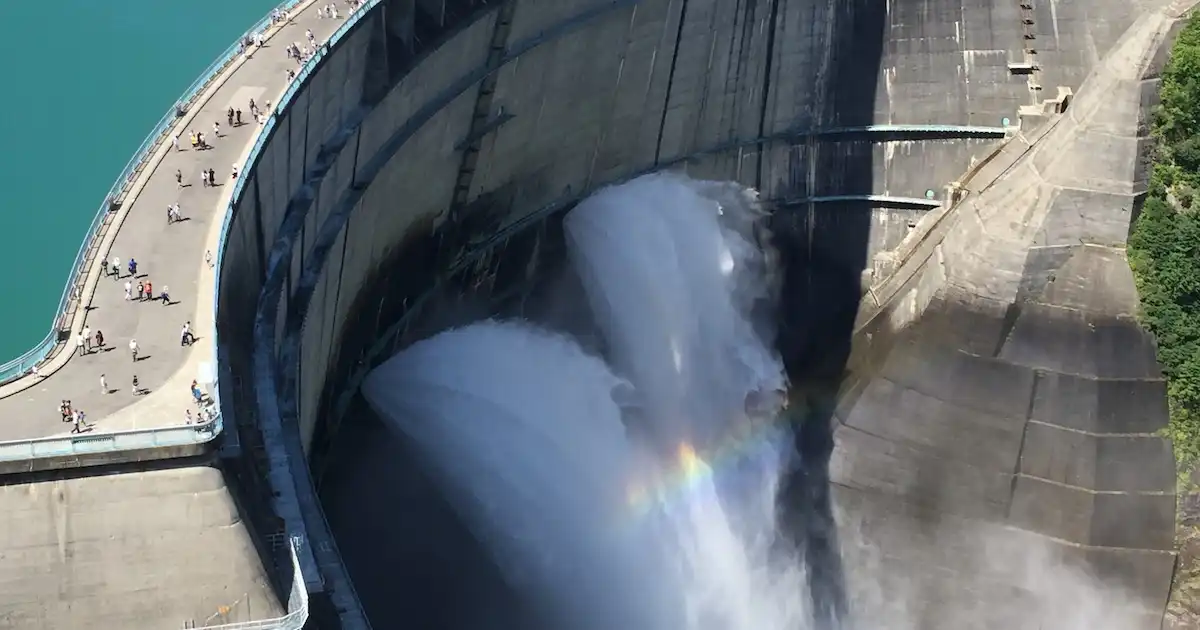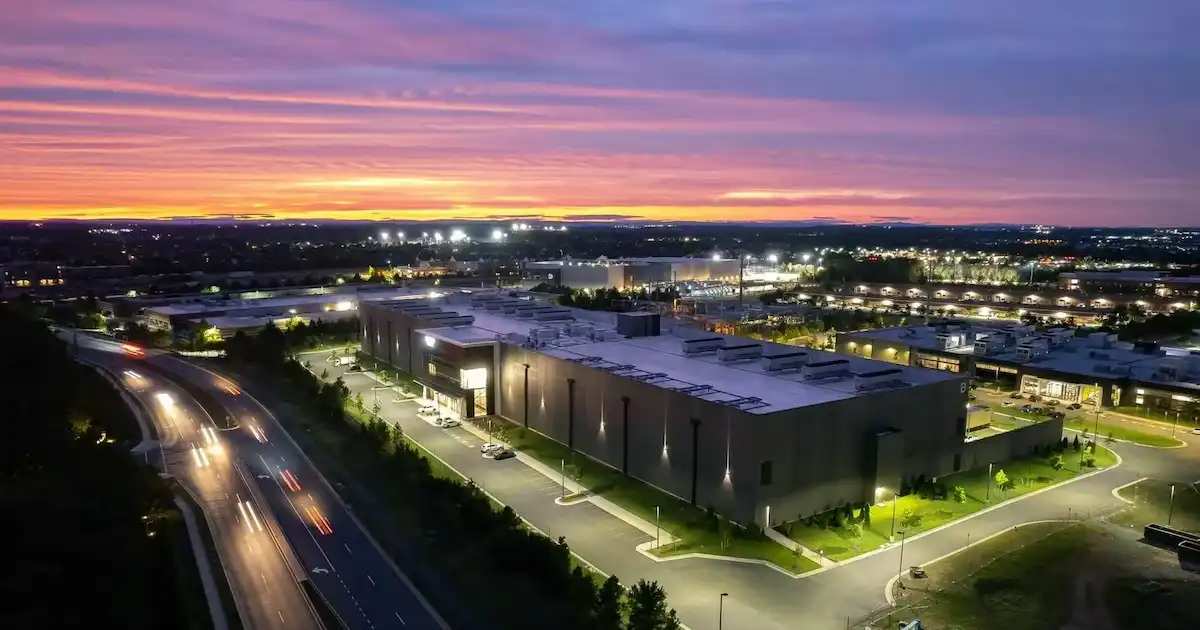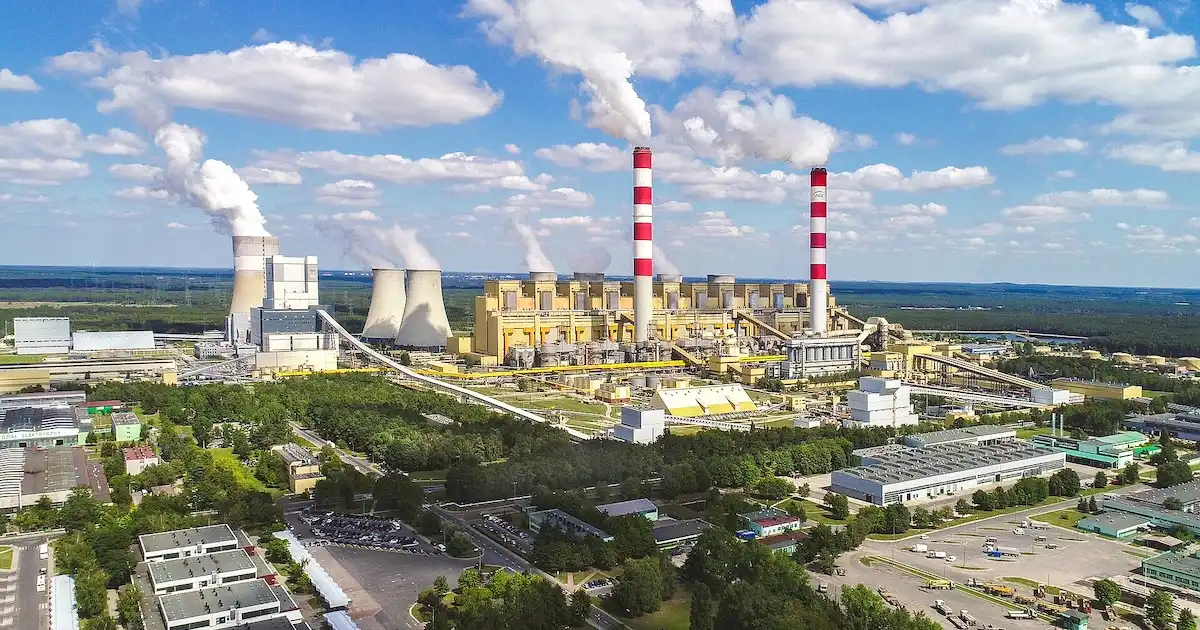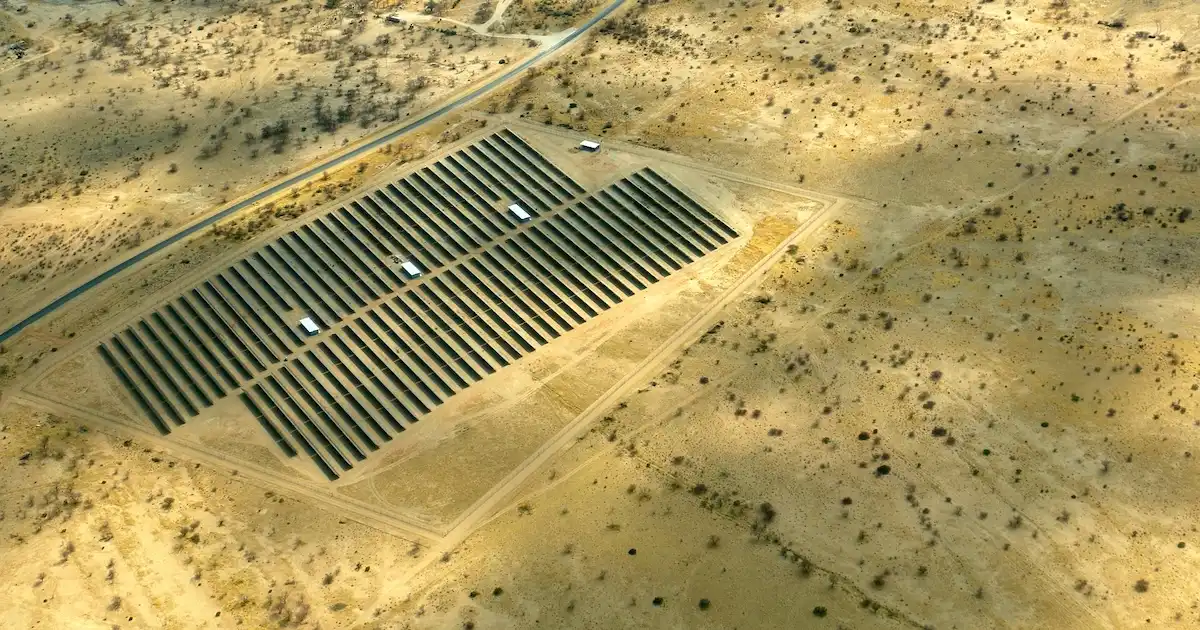Where you host your website really matters
Hosting your website in a region with low carbon electricity can reduce your site's footprint by 10 to 100 times.

In recent articles, we make the claim that choosing your web hosting provider is the most environmentally impactful decision you can make for your website. We want to put some numbers behind this statement to give you a sense of the magnitude of the impact.
Just like your home or your business, the data center running your website is likely powered by its local electricity grid. This means that the emissions released by powering your website will be based on the mix of energy used by utility companies in that region. What many people don’t realize is that greenhouse gas emissions from generating electricity can vary from region to region by a factor of more than 100.
Unlike your home or your business, you can choose to run your website almost anywhere in the world. Running it in a low carbon region could cut the emissions from your website by a hundred fold or more.
North America
Data centers have mainly been built in places where energy is cheap and that are close to business and government centers. Traditionally, the cheapest form of energy has been burning coal, which is also unfortunately the most carbon intensive way to produce electricity. In the United States, a key example of this confluence is Virginia.
The Dulles Technology Corridor, known as “Data Center Alley”, has the world’s highest density of data centers. It has some of the lowest commercial electricity rates in the United States and is close to the corridors of power in Washington and American east coast metropolises. Fortunately with the retirement of nearby coal plants, coal no longer makes up as much of the energy mix for the state. However, it has largely been supplanted by fossil gas which makes up 42% of electricity generation in the state, with renewables making up only 28%. Unsurprisingly, the state has a high carbon intensity of around 270 gCO2e per kilowatt hour (according to the US EPA 2023 eGRID data).

This can be contrasted with California where around 50% of the electricity in the state was generated from low carbon power sources like solar, wind, hydro or nuclear. The carbon intensity of electricity in California for 2024 is around 195 gCO2e per kilowatt hour. Hosting your website in California over Virginia results in a 28% reduction in emissions.
We host our digital services in Quebec, Canada — one of the lowest carbon regions in North America. As electricity in Quebec is almost exclusively generated by hydro, it has a carbon intensity of just 1.7 gCO2e/kWh (according to 2024 data from the Canadian government).
A website hosted in Quebec has 159 times lower emissions than Virginia.
That is a massive difference! Taking the same digital service and migrating it to a low carbon region without making any other changes can lead to a significant reduction in emissions. It would be next to impossible to achieve this type of reduction by optimizing any other part of your site.
Europe
In Europe, the differences can be similarly striking. In Poland, for example, coal still accounts for 60% of electricity generation. The country had an average carbon intensity of 652 gCO2e/kWh in 2024.

In contrast, Sweden has one of the lowest carbon intensities in Europe at 18 gCO2e/kWh in 2024, with over 80% of power generated from low carbon sources.
The emissions of a website would be 36 times lower running in Sweden instead of Poland.
Asia & Oceania
In Asia and Oceania, electricity is primarily generated from fossil fuels. So the difference from region to region is not as pronounced (unless you’re prepared to host your website in New Zealand). However, many countries are trying to rapidly decarbonize their electricity grids and adopt renewables. It’s difficult to predict which will decarbonize the fastest, so if you need to host your website in the region for proximity to visitors, Japan could be a decent option.
Africa
In Africa, there can be quite a bit of variation in the carbon intensity of electricity from region to region. Some countries like Namibia are mainly powered by hydro, wind and solar. Whereas South Africa is primarily powered by coal and the Sahel region by oil and gas.

The biggest obstacle to web hosting in Africa is the prevalence of data centers and reliable, high-speed connectivity. Africa is a large continent and latency can be a factor depending on where your visitors are located. Those considerations may weigh out over the emissions from your website.
Web site platforms
Often we choose a web hosting provider based on the capabilities of its platform. Website builders like Squarespace or Wix have powerful web site builders that make it quick and easy to get a nice looking site up and running. Ecommerce platforms like Shopify similarly make it easier to launch your own online store.
As these providers have a global presence, it’s worth taking a closer look at their sustainability policies to understand the impact of hosting your website with them.
- Shopify
- Squarespace - not currently available
- Wix
To achieve global scale, these providers have built out their infrastructure using major cloud platforms. This means that they can potentially serve web traffic from any of the regions that these cloud providers have data centers. Shopify runs on Google Cloud, Squarespace uses Amazon Web Services (AWS) and Wix uses a mix of Google Cloud, AWS and Fastly.
As these larger companies employ many people, their office locations can be a larger source of emissions than their data center operations — 80% or more. So it is useful to also consider the carbon intensity of electricity where these companies have offices.
- Shopify is headquartered in Ottawa (Canada), with offices in Dublin (Ireland), New York (USA) and Singapore
- Squarespace is based in New York (USA), with offices in Dublin (Ireland) and Aveiro (Portugal)
- Wix is in Tel Aviv (Israel).
If you want to dig into the details, Wix and Shopify have reported on their greenhouse gas emissions in their ESG reports.
Evaluating a hosting provider
If you already have a running website or if you have a preferred web hosting provider, it’s worthwhile checking out their sustainability policy (you may find this article listing the sustainability claims of web hosts and links to their policies to be useful). If they are committed to sustainability, they will have hopefully published the greenhouse gas emissions of their operations.
Some hosting providers operate data centers in different regions around the world. Instead of switching providers, you can choose to run your website in the lowest carbon region that they have a data center. Often this is not the default, so it’s worth checking out! They may even provide tooling to make it easier to move your website from one region to another.
Some hosting providers claim their operations are carbon neutral which is great! However, as most electricity grids are not completely carbon free, this is normally achieved through a power purchase agreement (PPA). This means that they have purchased electricity from a renewable source to offset the dirtier power they have to use locally. While this is a good step, it doesn’t mean that they are consuming the renewable electricity they paid for. The purchased power might be generated at a different day or time or at a different location from when they need it. That means that emissions are still released by powering your website. So it’s still worthwhile considering trying to run your website in a low carbon region to avoid those emissions altogether.
Switching to an eco-friendly host
If you are considering switching to a more eco-friendly web hosting provider, the good news is that some providers offer services to help make this easier. Here are a few options to consider:
- Infomaniak (Switzerland) - support team will migrate your data securely without downtime
- Krystal (United Kingdom) - offers a free, fully managed migration service and will credit your current hosting contract
Wrapping up
We hope this has given you a better understanding of how where you run your website really matters. Achieving a 10 to 100 times reduction in emissions for your website by running in a low carbon region is huge. It's difficult to have that kind of impact by optimizing any other part of your website.
If you only have the time or budget to invest in one thing to make your website more sustainable, start by running it in a low carbon region.
If you are trying to decide where to host your site, there are useful tools like Electricity Maps that give you the carbon intensity of electricity for most regions in the world. If you are rethinking where you host your site, we’d love to hear from you — we’re happy to geek out on these topics.
And if your website is already running in a low carbon region with an eco-friendly web host, congrats 🎉! Here are four more things that you can consider doing next to further reduce your footprint.